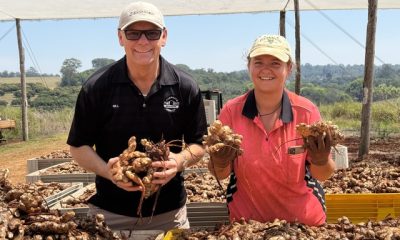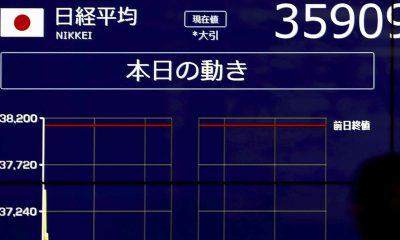Science
Microplastics in seafood are most likely to come via oysters, mussels and shellfish. But how much of a health risk do they pose? – ABC News
Researchers have identified the seafoods that are most likely to contribute microplastics to the Australian diet — but we still don’t know what effect, if any,…

Perhaps you’ve seen headlines saying we consume a credit card’s worth of microplastics a week, or that microplastics have been found in our poo.
Now a new research paper has tried to identify the seafoods most likely to contribute microplastics that is, plastic particles of between 1 micrometre and 5 millimetres to the Australian diet.
Key points:
- Australians are most likely to eat microplastics in bivalves like mussels and oysters
- The main type seafood eaten by Australians is fish fillet, which…
-

 Noosa News8 hours ago
Noosa News8 hours agoJessica Alba spotted filming spy thriller on the Gold Coast as cameras roll under iconic bridge
-

 Noosa News20 hours ago
Noosa News20 hours agoTallest tower outside CBD approved for construction at 205 metres
-

 Noosa News21 hours ago
Noosa News21 hours agoFarmgate Backpackers leads with integrity amid industry challenges
-

 General16 hours ago
General16 hours agoWall St futures bounce, Asia still shaky

